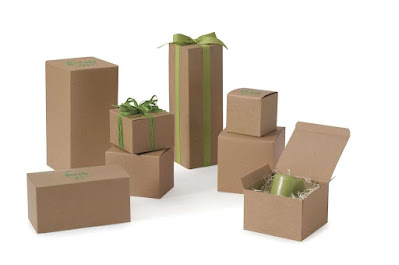Protective packaging is a crucial aspect of product
packaging that helps ensure that the product arrives at its destination in the
same condition as when it left the manufacturer. It is designed to protect the
product from damage during transportation and storage, and it is essential for
a wide range of products, from fragile items like glassware to heavy machinery.
Why Do We Need Protective Packaging?
There are several reasons why protective packaging is
necessary:
·
To safeguard the product during shipping and
storage.
When a product is shipped or stored, it can be subjected to
a variety of stressors, including vibration, impact, temperature changes, and
moisture. Protective packaging helps to absorb these stressors, preventing
damage to the product.
·
To minimize the possibility of product damage
while handling.
Products are often handled several times during the supply
chain, and each time they are handled, there is a risk of damage. Protective
packaging helps to reduce this risk by providing a cushion between the product
and the handling equipment.
·
To ensure that the product arrives at its
destination in good condition.
If a product arrives at its destination damaged, it can
result in customer dissatisfaction, a return of the product, and a loss of
revenue for the manufacturer. Protective packaging helps to ensure that the
product arrives at its destination in good condition, which helps to maintain
customer satisfaction.
·
To meet regulatory requirements.
In many industries, there are regulations that require
products to be packaged in a specific way to protect them during transportation
and storage. For example, in the food industry,
products must be packaged to keep them from getting contaminated.
Types of Protective Packaging
There are a variety of protective packaging options,
including:
·
Bubble wrap
Bubble wrap is a flexible plastic material that is used to
protect products from damage during transportation and storage. It is made up
of small air-filled bubbles that cushion the product, absorbing any impact or
vibration that the product may be subjected to during handling.
·
Foam-in-place packaging
Foam-in-place packaging is a type of protective packaging
that is created on-site, using a foam-dispensing machine. The foam is dispensed
into a custom-fitted container, creating a cushion around the product.
·
Corrugated cardboard
Corrugated cardboard is a type of packaging material that is
made up of two layers of paper with a corrugated layer in between. It is used
to create custom-fit packaging that protects products during transportation and
storage.
·
Peanuts
Peanuts are small, loose pieces of foam that are used to
fill voids in a shipping box. They help to prevent the product from shifting
during transportation, reducing the risk of damage.
Conclusion
Protective packaging is a crucial
aspect of product packaging that helps ensure that the product arrives at its
destination in the same condition as when it left the manufacturer. From
reducing the risk of damage during transportation and storage to meeting
regulatory requirements, there are several reasons why protective packaging is
important. With a variety of protective packaging options available, it is easy
to find the right type of packaging for your product.

Comments
Post a Comment